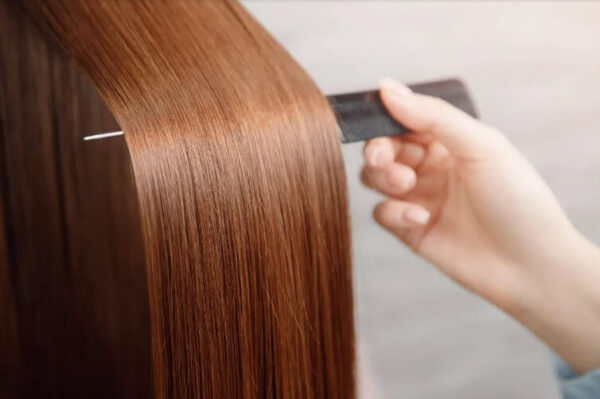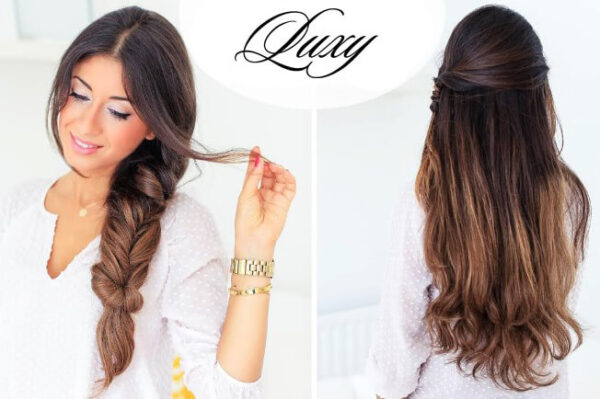Traditionally, it’s common to see black women embracing the versatility of wigs, but recently, an increasing number of white women have also begun to explore the world of wigs. Some are seeking solutions to hair loss, while others are inspired by influencers and celebrities who routinely showcase the transformative power of wigs.
The trend has extended beyond race and ethnicity, proving that wigs aren’t exclusive to any specific group. Today, wigs are for anyone and everyone who pursues fashion and craves the freedom to change their style on a whim. So, come and join this exciting trend, and let the world of wigs transform your look and confidence!
There are many newbies for wigs, this article will introduce the types of wigs.
Lace Front Wig
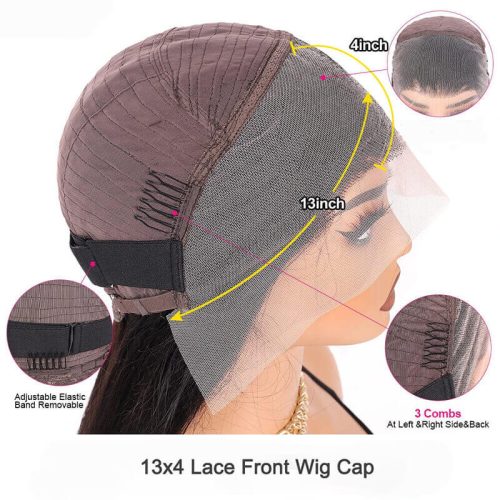
Lace front wigs are perhaps among the most popular types of wigs, combining affordability and practicality. These wigs feature a section of lace at the front, typically sized 13×4″ or 13×6″. Hair strands are individually tied to this lace, creating a natural-looking hairline and part. You also have the flexibility to style and part your hair in any direction within the lace section.
The remaining portion of the lace front wig is made from hair wefts, a cost-effective solution that maintains comfort. Since their introduction to the market, lace front wigs have been adored by wig wearers for their seamless blend and versatility.
Full Lace Wig

Full lace wigs are considered a luxury item as each hair strand is meticulously tied to the lace, a process that is both time-consuming and labor-intensive, hence their higher price tag. However, they are also the most comfortable type of wig.
All parts that come into contact with the scalp are made of lace, providing a soft and natural feel. Modern versions of full lace wigs even feature reinforced sections at the crown for added durability.
Despite their benefits, full lace wigs are not commonly seen in the market. Their high cost and the extensive time required to produce them are deterrents for manufacturers. As such, businesses often lack the motivation to produce this type of wig due to these challenges.
Closure Wig
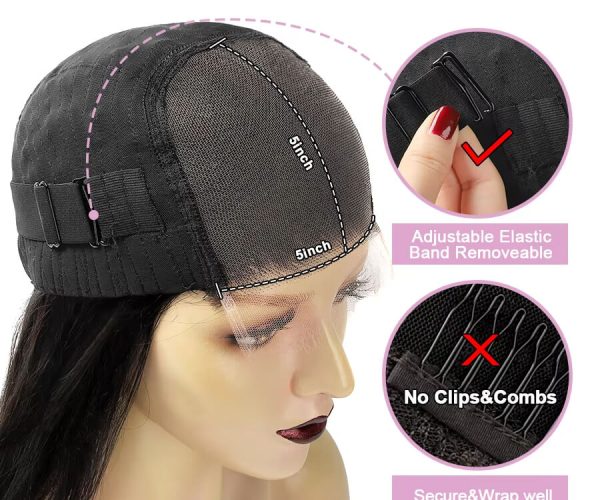
Lace closure wigs typically come in two sizes:4”x4” and 5”x5”, differentiated by the size of the lace part.
These types of wigs are generally more affordable and beginner-friendly. They are easy to wear and can often be applied without the need for glue or tapes.
One of the advantages of lace closure wigs is the freedom to part your hair anywhere within the lace section, which contributes to a more natural look.
The price of these wigs usually depends on the dimensions of the lace and the quality of the hair used.
T Part Wig
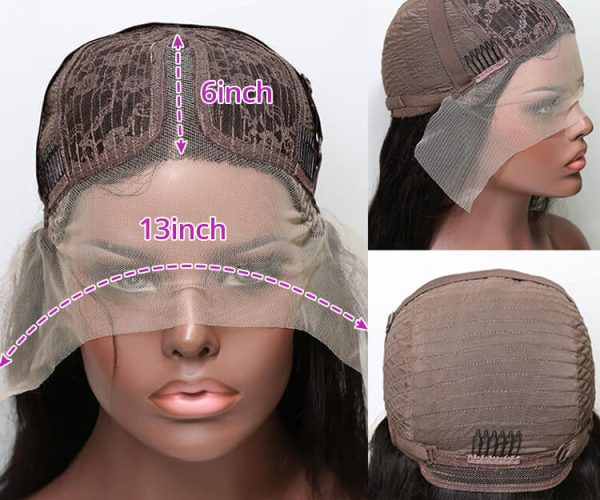
A T-part wig features a narrow strip of lace, limiting the area where the hair can be parted. This design is a cost-saving measure as it uses less lace.
However, the wig’s limitations are evident. The narrow lace restricts your ability to part your hair in different ways. Additionally, its comfort level is lower compared to wigs with larger lace sections, but it can be a suitable option for those on a tighter budget.
T-part wigs are not popular style, but many wig suppliers often use them for promotional purposes due to their cost-effectiveness.
V/U Part Wig


A V-part wig is similar to a U-part wig. These two types of wigs gained popularity during the COVID period. It was challenging to find enough people to tie hair onto the wigs’ lace, prompting the design of simpler V/U wigs without lace. These wigs usually require the wearer to have some natural hair, allowing it to blend with the wig for a more natural look.
This style wig requires a ‘leave out,’ meaning some of the wearer’s natural hair is left out and blended with the wig. Therefore, if someone doesn’t have any hair at all, this type of wig is not recommended.
Jewish Wig


Jewish wigs, also known as “sheitels” in Yiddish, are wigs worn by Orthodox Jewish women after they get married. The practice of covering the hair in this way is based on a biblical commandment.
Jewish wigs come in two types: silk top and lace top, as illustrated in the pictures above. Currently, lace top wigs are more popular.
Jewish wigs are renowned for their high-end quality. They are made from virgin remy hair, which is considered the top-grade hair in the market. Moreover, popular Jewish wigs often feature a tidy or small layer, necessitating longer hair to create the most desirable style.
Jewish women wig is our key product, there are more than 100 kinds of colors for you to choose from, we also can make custom wigs according to your request.

